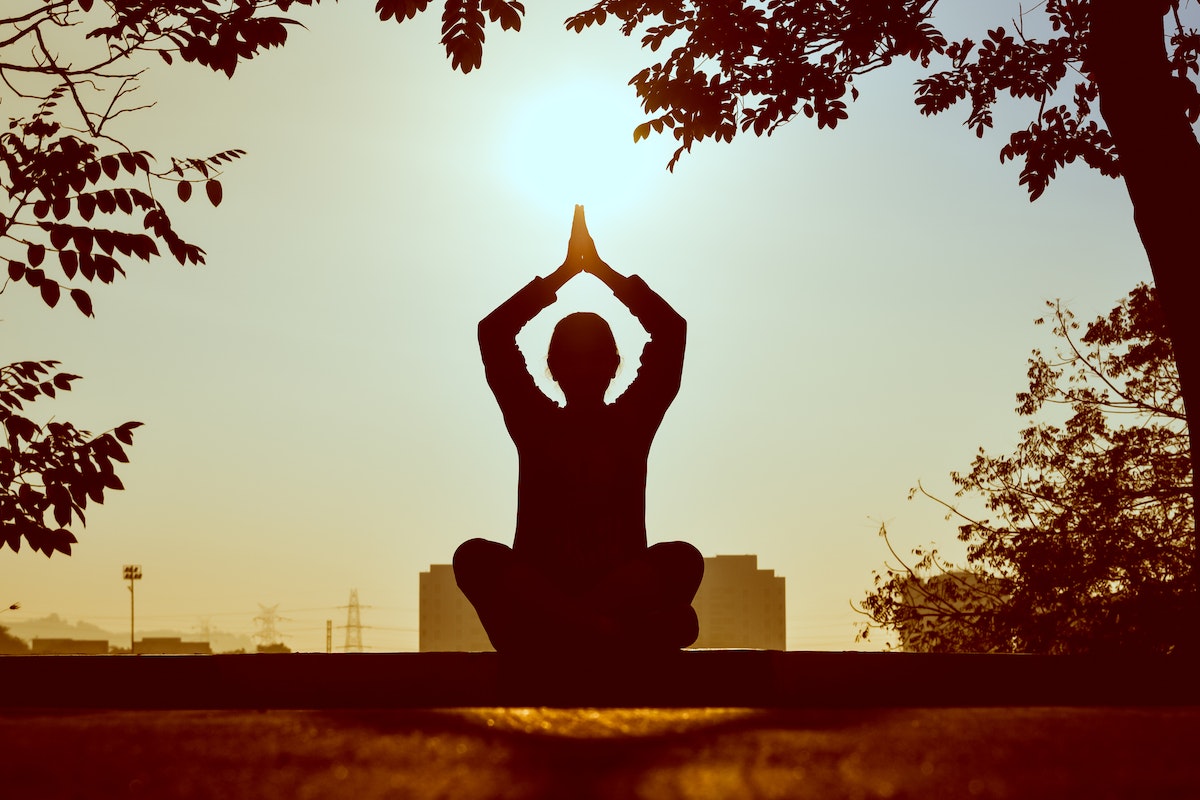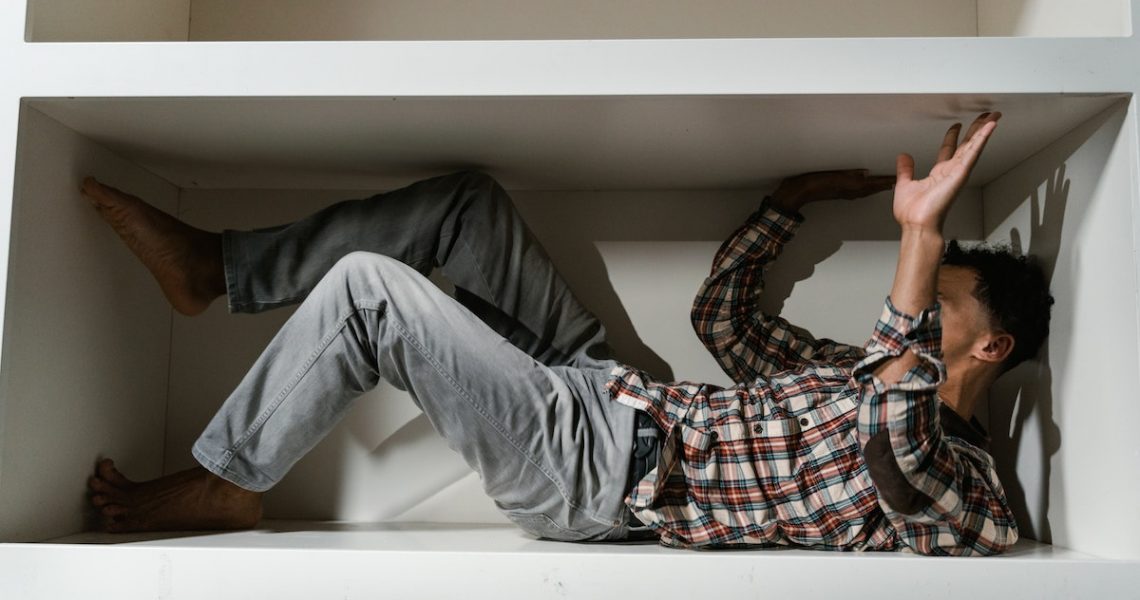Claustrophobia is one of the most common phobias in the world. According to the National Institute of Mental Health, approximately 12% of Americans suffer from claustrophobia. This fear of enclosed spaces can range from mild to severe, and it can seriously impact a person’s quality of life. If you have claustrophobia, know that you are not alone and there are things you can do to ease your anxiety.
What Is Claustrophobia?
Claustrophobia is an anxiety disorder that causes a person to feel extreme fear or panic in situations where they are confined or surrounded by close quarters. This could be an elevator, airplane, small room, or even a crowded place like a concert or festival. For some people, just thinking about being in an enclosed space can trigger a claustrophobic response.
Symptoms of claustrophobia can vary from person to person, but they typically include shortness of breath, rapid heartbeat, sweating, shaking, and dizziness. In some cases, claustrophobia can lead to a full-blown panic attack. If you think you may be suffering from claustrophobia, it’s important to speak with a mental health professional who can help you diagnose and treat the condition.
Five Ways to Cope With Claustrophobia
If you have claustrophobia, there are things you can do to ease your anxiety and find relief. Here are five coping mechanisms that may help:
Practice relaxation techniques
When you feel anxious in an enclosed space, take slow deep breaths and focus on relaxing your muscles. This will help lower your heart rate and calm your nervous system. Here are some great relaxation activities that can help you practice relaxation:
Yoga
This exercise is all about connecting your breath with movement. There are different types of yoga, so you can find a class that’s right for your fitness level.
Pilates
Pilates is a mind-body exercise that focuses on controlled movements and breathing. It’s a great way to build strength and flexibility while reducing stress.
Meditation
This mindfulness practice can help you focus on the present moment and let go of anxious thoughts. There are many different types of meditation, so find one that works for you.

Progressive muscle relaxation
This relaxation technique involves tensing and relaxing different muscle groups in your body. Tensing the muscles for a few seconds and then releasing them can help you feel more relaxed.
Attack your fear with logic
Often, people with claustrophobia allow their imagination to run wild, which only intensifies their fear. When you start to feel panicky, remind yourself that there is plenty of air in the room and you are not in danger.
Use Alternatives For Medical Treatment
If you’re claustrophobic but have a particular medical illness, it might be smart to look for alternative options to deal with it. For example, claustrophobic people tend to have problems with MRI scanners. The machine’s close quarters and loud noises can trigger a claustrophobic response. But, there are now stand-up MRI scanners that may be a better option for you. These scanners function similarly to traditional MRI machines, but they’re more open and don’t require you to lie down. It’s your best option if you need an MRI scan for your treatment.
Use Distraction Methods
If possible, distract yourself from your fear by focusing on something else. This could be reading a book or listening to music. If you’re stuck in traffic or an elevator, try playing a game on your phone or striking up a conversation with the person next to you.
Visualize a Safe Place
Close your eyes and imagine yourself in a place that makes you feel relaxed and safe. This could be the beach, your favorite park, or anywhere else that brings you peace of mind. Here are some activities that can help you practice this skill:
Guided imagery
This relaxation technique involves using your imagination to picture yourself in a calm and peaceful place. You can do guided imagery with or without music, and many different scripts are available online.
Biofeedback
This method uses a machine to help you monitor your body’s response to stress. The goal is to learn how to control your body’s natural response to anxiety-producing situations.
Expose yourself gradually
If you’re afraid of enclosed spaces, gradually exposing yourself to those situations can be helpful. This process, called desensitization, involves slowly and incrementally exposing yourself to what you’re afraid of. For example, if you’re afraid of flying, you might start by watching videos of takeoff and landing. Once you’re comfortable with that, you could move on to taking a short flight. The key is to take things slowly and only expose yourself to as much as you can handle gradually.
Claustrophobia is a genuine and severe condition that affects millions of people worldwide. While it may seem daunting at first, there are things you can do to ease your anxiety. By utilizing some or all of the coping mechanisms listed above, you can start to take back control of your life. Remember, if you’re feeling overwhelmed, don’t hesitate to contact a mental health professional for guidance.

